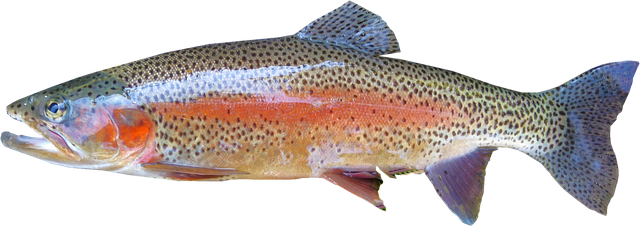Eight-Year-Old Child Reels In Big Trout In Remarkable Angling Feat Together With Grandpa

An eight-year-old child together with his grandpa each caught huge trout on the South Platte. Boden Lewis and his grandfather, Jim Cleveland, were on a guided fly fishing trip an hour to the south of Denver on Tuesday.
Young Boden got a 27-inch trout that was an estimated 6 pounds while Cleveland caught a 28-inch trout. Both of them released their catches back into the water.
The South Platte River, where the two Trout were caught stretches from Park County to Nebraska, has been touted before as a convenient place for one to cast their lure.
In June, an angler named Dan Lundahl claimed he caught a 26 inch Rainbow trout and some 24-inch brown trout upriver from where the current catch was.
Even though it is smaller than the catch the family duo caught on Tuesday, he termed it as the catch of a lifetime for many anglers.
Unfortunately, the South Platte River has been plagued with concerns about its water quality. It could be bad news for the fish and the people who eat their catch.
Lundahl fishes for fun though he stated he had pulled out everything from shirts, hats, plastic bags, and even boots from the river. He releases all of his catches back into the river.
However, another Denver fisherman who subsists on the fish questioned whether he would be able to eat the fish from the South Platte that are available downtown.
Unfortunately, because he has not been told to avoid eating any of them, he has not stopped.
His worries are validated because, as the Platte meanders through the state of Denver, it is lined with several sources of pollution include the I-25, railroad tracks, and an Xcel power plant as well as numerous industrial plants.
The state claims the Denver Public Health & Environment workers collect samples every week when the weather is warm.
John Novick, the environmental administrator, stated that is when anglers are most likely to fish.
He gave a statement saying, for public health and people recreating in the river, E-Coli is most likely the most important issue, though they are also looking out for nitrogen and phosphorous.
The species of trout in the river have been there for millions of years, as they were carried from the pacific coast through interconnected water systems and glacial floods.
When humans settled in the area, the trout species were named for the red streaks across their body and to the jaw, aptly named cutthroats.





















